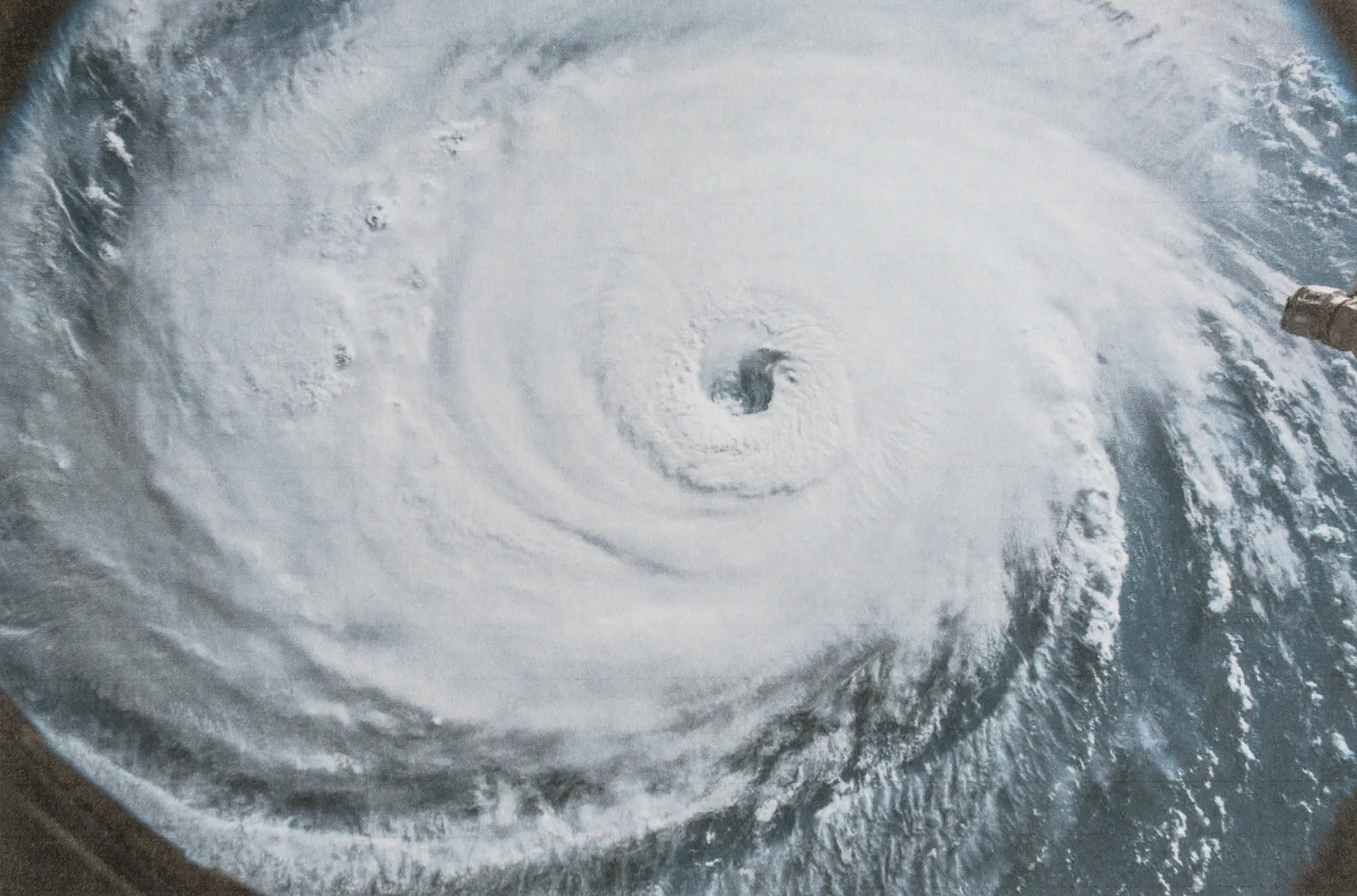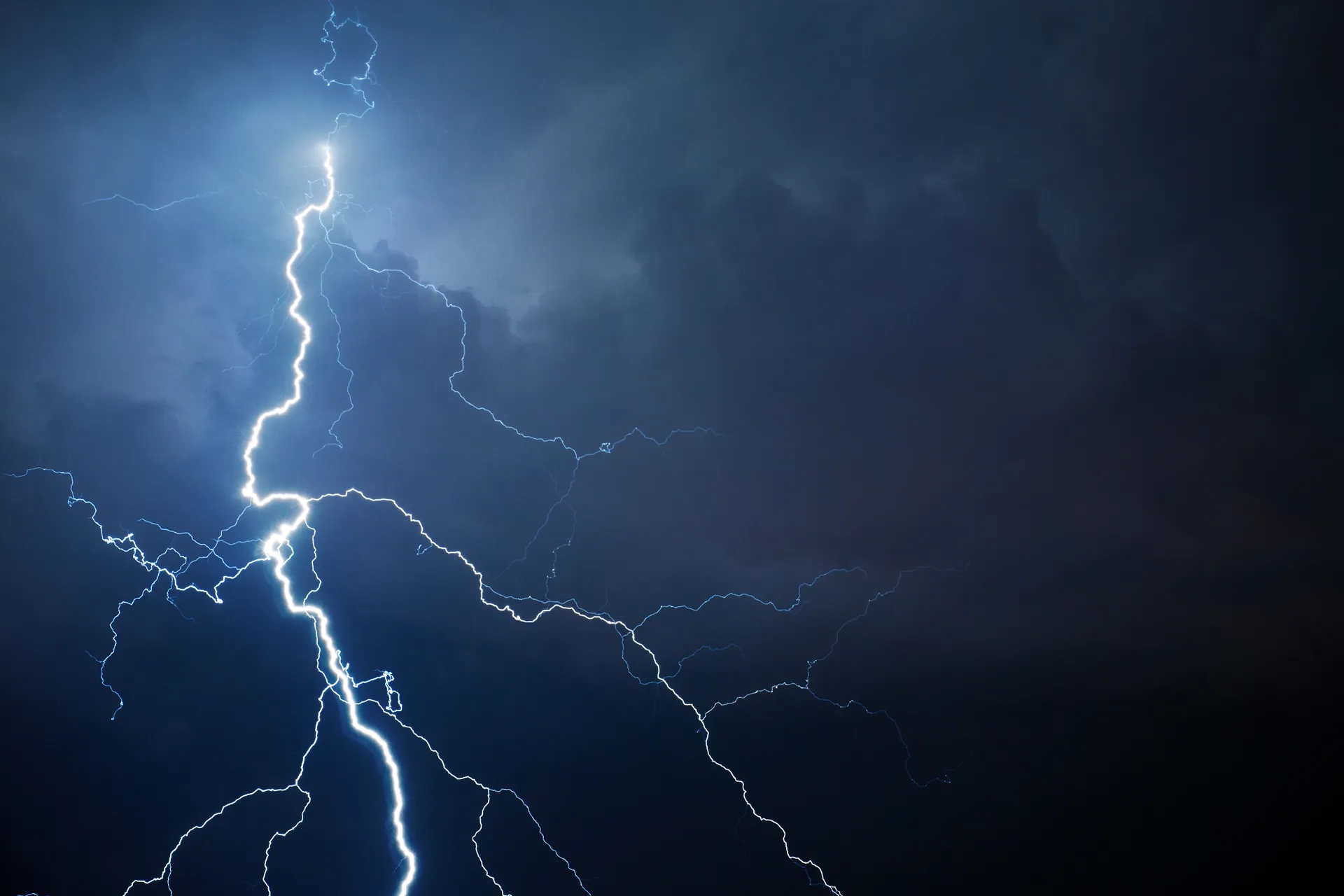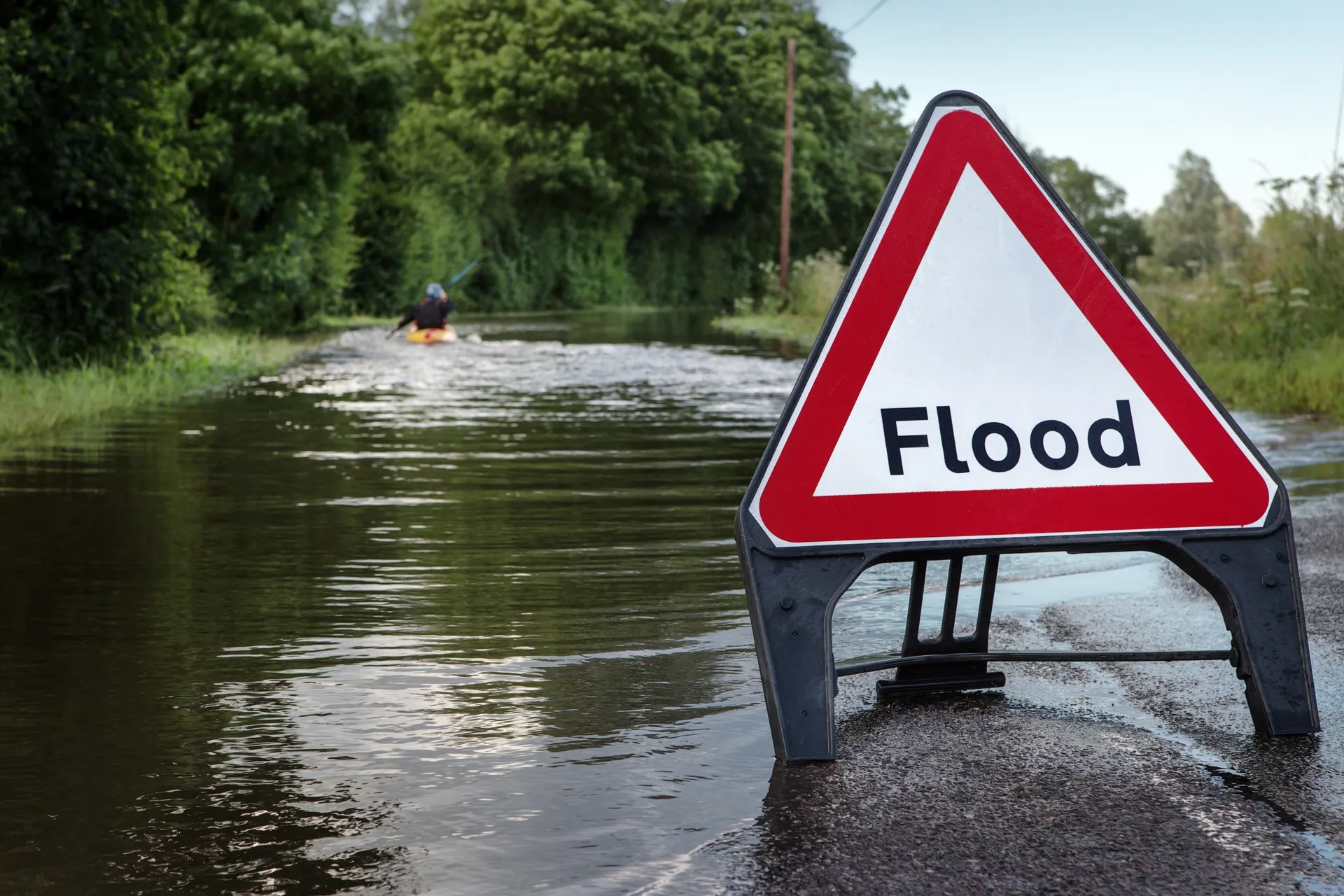Tropical cyclone: Know your weather, know your risk

The Bureau of Meteorology's annual public safety initiative is designed to raise awareness about severe weather helping Australians prepare for natural hazards.
This year's campaign runs from 8 September to 12 October, strategically timed ahead of Australia's high-risk weather season.
Each week highlights a different type of severe weather
- Bushfire
- Flood
- Severe Thunderstorms
- Heatwave
- Tropical Cyclone
Tropical cyclones in Australia
Tropical cyclones are violent, spiralling wind and rain systems that threaten lives and property at sea and on land. They can cause disruption, damage and destruction far beyond the coast, including extensive flooding.
Australia's most cyclone-prone area is the north-west coast between Broome and Exmouth. Tropical cyclones cross this coast more often than anywhere else around the continent. Other areas such as north Queensland and the Top End also get a high number of tropical cyclones.
The Bureau of Meorology is part of an international network that forecasts and warns about tropical cyclones. On average, about 11 tropical cyclones form in the Australian region each season.
Australia's tropical cyclone season
Australia's tropical cyclone season runs from 1 November to 30 April. They can happen at other times in our region but this is rare.
Warning Australians about tropical cyclones
To help keep coastal communities safe, the Bureau of Meteorology:
- keep a 24-hour watch on developing cyclones in our region
- provide a tropical cyclones forecast for the 7 days ahead
- deliver seasonal outlooks for Australia and the South Pacific
- issue watches and warnings when a cyclone is expected to affect Australia's coast or territories. See the latest Tropical Cyclone Advice in Warnings and alerts .
Understanding tropical cyclones
To learn more about
- how tropical cyclones form and how they differ from tropical lows, tornadoes and typhoons
- the 5 tropical cyclone categories and their effects
- how tropical cyclones are named
- how we predict tropical cyclones and forecast their paths
- our tropical cyclone warning services – outlooks, watches, warnings and how to read a cyclone track map.
Visit the Bureau of Meteorology's website for links, resources and the most up-to-date information.
Categories:







